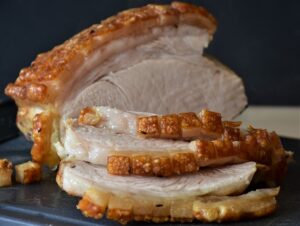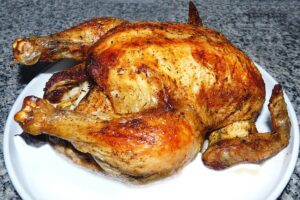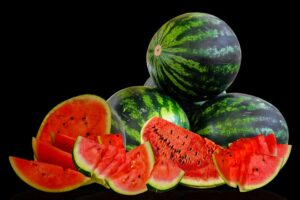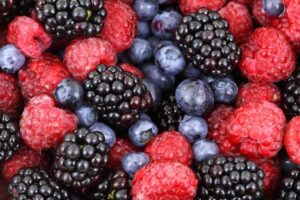Introduction
Isolate protein is a term commonly used in the field of nutrition and fitness, but what does it really mean? In simple terms, isolate protein refers to a type of protein supplement that has undergone a process to remove most of the non-protein components, resulting in a product with a higher protein content. This article will dive deeper into the topic of isolate protein, exploring its benefits, sources, and potential drawbacks.
What is Isolate Protein?
Isolate protein is a form of protein supplement that has been processed to remove a significant portion of the non-protein components such as fats, carbohydrates, and lactose. The goal of this process is to create a product that is highly concentrated in protein, with minimal amounts of other macronutrients.
The process of isolating protein typically involves several steps, including filtration, ion exchange, and microfiltration. These techniques help separate the protein from other components, resulting in a purer form of protein. The final product is usually in the form of a powder that can be easily mixed with liquids or added to food.
Benefits of Isolate Protein
High protein content: One of the main benefits of isolate protein is its high protein content. Compared to other protein sources, isolate protein powders often contain upwards of 90% protein per serving. This makes it an efficient way to increase protein intake without consuming excessive amounts of other macronutrients.
Fast absorption: Isolate protein is known for its fast absorption rate. The purification process removes many of the components that can slow down digestion, allowing the body to quickly absorb and utilize the protein. This makes isolate protein an ideal choice for post-workout recovery, as it can help replenish muscle protein stores more rapidly.
Low in lactose and fat: Since isolate protein goes through a filtration process, it is typically low in lactose and fat. This makes it suitable for individuals who are lactose intolerant or following a low-fat diet. It also makes isolate protein a convenient option for those looking to increase protein intake while minimizing their intake of other macronutrients.
Sources of Isolate Protein
Whey protein isolate: Whey protein isolate is one of the most popular forms of isolate protein. It is derived from milk and contains a high concentration of protein, with minimal amounts of lactose and fat. Whey protein isolate is often considered a complete protein, as it contains all essential amino acids required by the body.
Pea protein isolate: Pea protein isolate is a plant-based alternative to whey protein isolate. It is derived from yellow peas and is suitable for individuals following a vegetarian or vegan diet. Pea protein isolate is also hypoallergenic, making it a suitable option for those with dairy or soy allergies.
Soy protein isolate: Soy protein isolate is another plant-based option that is derived from soybeans. It is a complete protein and contains all essential amino acids. Soy protein isolate is also rich in other nutrients such as fiber and antioxidants.
Potential Drawbacks of Isolate Protein
Cost: Isolate protein powders tend to be more expensive compared to other protein supplements. The additional processing required to isolate the protein contributes to the higher cost. However, the higher protein content and purity may justify the price for some individuals.
Processing: The process of isolating protein involves various filtration techniques, which some argue may strip away beneficial components found in whole food sources of protein. While isolate protein can be a convenient and efficient way to increase protein intake, it is important to also incorporate whole food sources of protein in a balanced diet.
Conclusion
Isolate protein refers to a type of protein supplement that has undergone a process to remove non-protein components, resulting in a product with a higher protein content. It offers benefits such as high protein content, fast absorption, and low levels of lactose and fat. Common sources of isolate protein include whey protein isolate, pea protein isolate, and soy protein isolate. However, it is important to consider potential drawbacks such as cost and the potential loss of beneficial components found in whole food sources of protein.
References
– Healthline: healthline.com
– Bodybuilding.com: bodybuilding.com
– Mayo Clinic: mayoclinic.org













